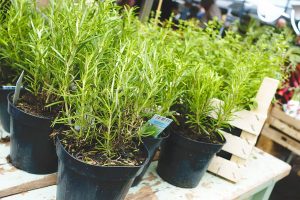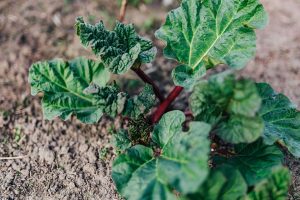Spring is one of the most wonderful times of the year in the garden. The sun’s rays are more and more friendly, the vegetation takes shape and color, everything comes back to life. But in order to benefit from a harmonious and beautiful landscape in the oasis of relaxation, we need a little involvement from us. In the garden, spring is about weed control, planting, pest control and fertilization. In other words, it’s gardening time!
If you intend to put a new lawn, either through seeds or rolls, now is the time to do it. There is still moisture in the air, and the roots have time to settle before the summer heat.
Cut hedges regularly during spring. Now, when the weather warms up, they will grow strongly and get out of shape quickly if left to their own devices.
 Mix a lot of organic matter, such as compost and rotten manure through the soil, as this will help improve its water retention capacity and provide much more plant nutrients.
Mix a lot of organic matter, such as compost and rotten manure through the soil, as this will help improve its water retention capacity and provide much more plant nutrients.
Divide the orchids that have become crowded into pots.
The cyclamen will bloom and enjoy the outdoors, in a sheltered and dry position.
Catch the chrysanthemums to encourage bushy growth.
Whitewash the trees. The work keeps at bay a number of parasites that can cause bark problems.
Wash empty pots with warm water
Attract the little wings in the garden with feeders and houses.
Carry out the pruning work for the fruit trees.
Dig and clean the garden of dry leaves and branches at ground level.
The soil should be finely chopped and fertilized before planting seedlings or seeds.
It’s time to plant herbs, because the nights are finally mild enough: parsley, coriander, thyme and rosemary.
Apply a moisturizer to all areas of the garden to make sure that every drop of spring rain goes to the roots of the plants where it is most needed.
Apply a wetting agent throughout the garden. Just because it rained doesn’t mean the water reached the ground.
Over the winter, the plants slow down due to the colder weather and require much less nutrients, but in the spring, everything comes back to life, because the plants grow quickly and need to take more nutrients from the soil. If the earth has nothing to feed on, they will be hungry!
 So, you have a multiple approach to spring fertilization. Mix as much manure or well-rotted compost as possible in the top layer of the garden, especially among the seedlings. It will release nutrients relatively slowly, improve soil structure and make busy microbial activity in the soil, which will help plants in the long run.
So, you have a multiple approach to spring fertilization. Mix as much manure or well-rotted compost as possible in the top layer of the garden, especially among the seedlings. It will release nutrients relatively slowly, improve soil structure and make busy microbial activity in the soil, which will help plants in the long run.
Sprinkle controlled release fertilizers over container or grown garden plants that will provide food for about four months.
Fertilize your lawn now with a slow release fertilizer. Remember that less is more.
In mid-spring it is time to fertilize citrus fruits, because a new growth is formed and must be fed. Choose a fertilizer suitable for citrus that will work on roses and vegetables.
Finally, although not a fertilizer, apply seaweed extract every two weeks. It is very effective in strengthening plants, so that they can cope better with extreme weather conditions, but more importantly at this time of year, it helps them cope with the attack of spring pests, such as aphids, thyme and caterpillars.

